You may have heard that ATVs are prone to tipping over and want to learn what can cause this type of accident and what you can do to prevent it from happening. I’m happy to tell you that just by being aware of this issue and actively seeking information about it, you are already ahead of the game.
An ATV can flip if not operated correctly due to its design with a relatively high center of gravity, short wheelbase, and narrow wheel stance. Depending on the specific riding situation, it can flip backward, forward, or to either side.
Flipping is one of the leading causes of ATV accidents worldwide. Beginners typically flip due to inexperience and not knowing how to operate an ATV properly. More experienced riders may get a bit too confident, causing them to take chances, punching their bike to the verge of what it can handle before it flips.
This post covers some of the most common causes why an ATV may flip and how to operate the bike in a way that minimizes the risk of flipping.
Page Contents
The way ATVs are designed and built makes them somewhat more prone to tipping over than other off-road vehicles such as jeeps and UTVs.
An ATV has a relatively narrow wheel stance of about 45 to 50 inches to fit between trees in the woods and through narrow trail gates. It also has a relatively short wheelbase to remain agile and maneuverable. This compact vehicle design makes an ATV less stable than vehicles with a longer wheelbase and a wider wheel stance.
Furthermore, you sit on top of the ATV in a straddled seating position, whereas on a car, Jeep, or UTV, you sit in a seat placed down inside the vehicle. Any cargo is placed on top of the vehicle on front and rear cargo racks. With the weight of the rider, any passengers, and cargo placed on top, the center of gravity shifts upwards, making the vehicle more top-heavy.
The vehicle geometry combined with a higher center of gravity makes for a vehicle that requires more from the rider in terms of skills and experience to prevent flipping.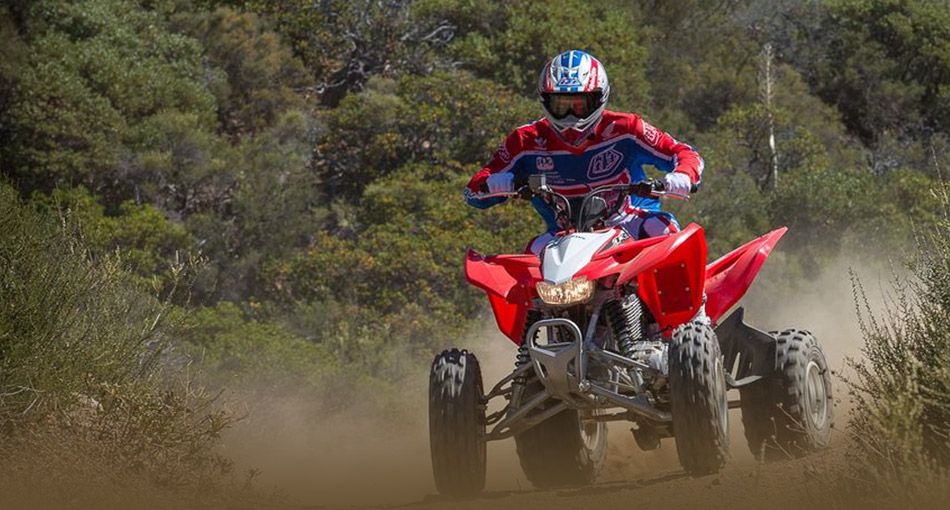 While not entirely the same, riding an ATV is more like riding a motorcycle than riding a car regarding rider input and how it affects vehicle stability.
While not entirely the same, riding an ATV is more like riding a motorcycle than riding a car regarding rider input and how it affects vehicle stability.
When discussing some of the most common causes for flipping an ATV, it is crucial to keep in mind that it’s usually a combination of the rider not understanding, or exceeding, the fundamental driving characteristics and limitations this type of vehicle has.
Here is a list of some of the most common riding scenarios where an ATV might flip if not operated properly.
PS: The tips and general guidelines presented in this post do not replace proper training and adequate riding experience. Don’t take any unnecessary risks, and make sure to read your specific ATVs user manual as it contains tips and advice specific to your vehicle.
Moving objects tend to want to continue in a straight line. When you turn your ATV at speed to change direction, you generate momentum outwards in the opposite direction of where you are turning.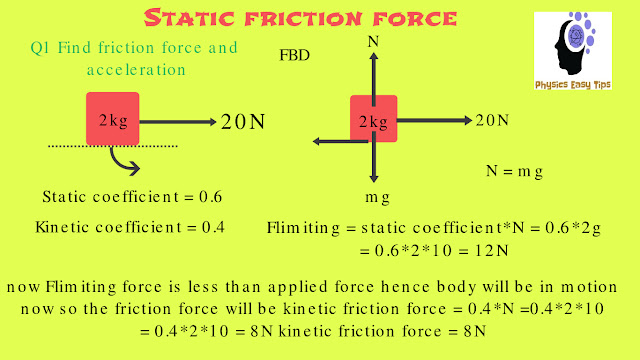
As speed increases, so does the momentum and the likelihood of flipping the ATV. A sharp turn increases the momentum and flipping hazard further.
One way to better understand how this happens is by imagining yourself pushing sideways at the top of a glass of water, gradually increasing the pressure until the glass eventually tips over.
The glass here represents your ATV, while the force of your finger pushing on the glass brim represents the outwards momentum generated from cornering the ATV at speed. The glass will remain level until the pressure from your finger reaches a certain point where gravity can no longer keep the glass from flipping.
How Not to Flip an ATV When Cornering:
The relatively short wheelbase and relatively high center of gravity of an ATV make it prone to tipping over backward or even sideways if you go up a hill that is too steep.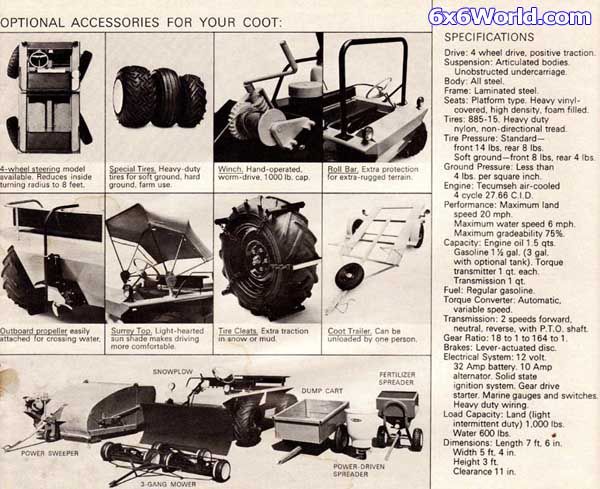 Manufacturers typically don’t recommend ascending hills that are steeper than about 15°.
Manufacturers typically don’t recommend ascending hills that are steeper than about 15°.
Several incidents may cause an ATV to flip when going up a steep hill:
How Not to Flip an ATV When Going Up a Hill:
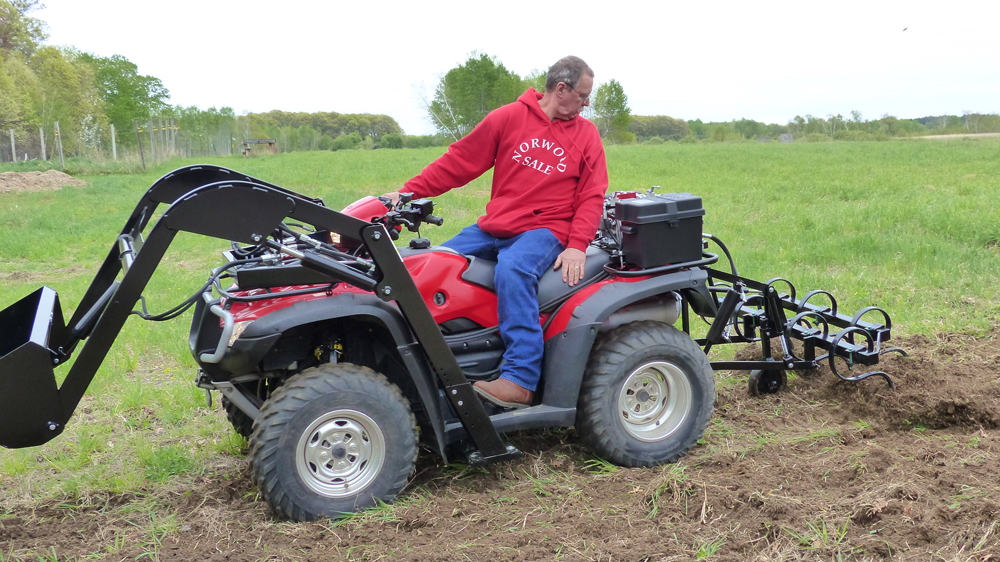
How Not to Flip if You Lose All Forward Speed or Begin to Roll Downhill:

Sidehilling is when you ride across the side of a hill. If you ride on a sidehill that is too steep, the ATV may flip on its side (downhill) with little to no warning in advance. If possible, avoid crossing the side of a hill altogether. If crossing a sidehill is unavoidable, apply these precautions:
How Not to Flip an ATV When Driving on a Sidehill:


Just as with driving up hills, most manufacturers recommend not driving down hills that are steeper than about 15°. Going down hills that are too steep will cause the ATV to flip forward (downhill).
How Not to Flip an ATV When Going Down a Hill:
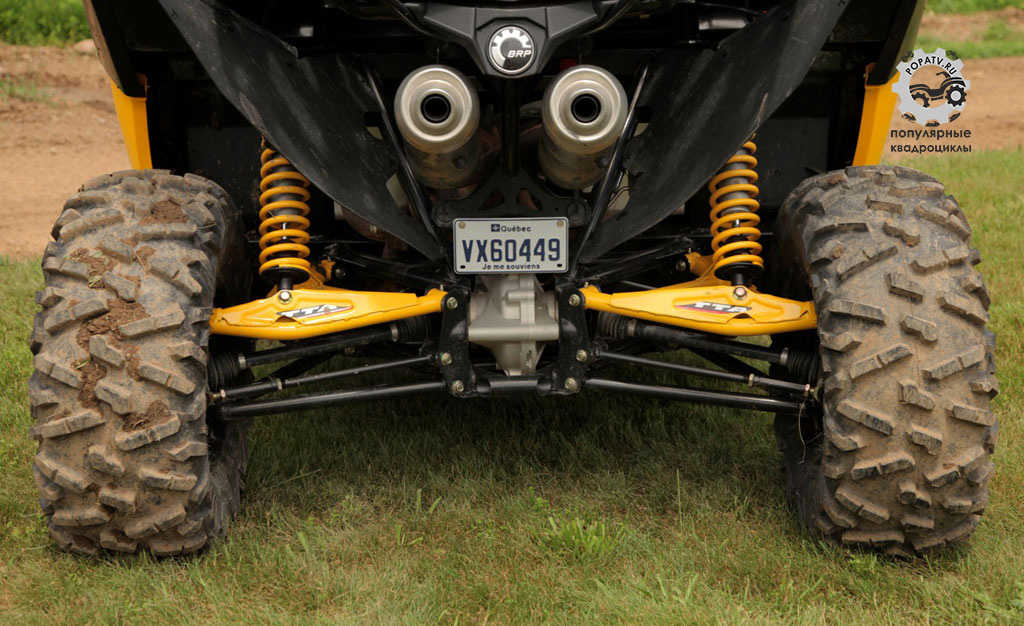 An active descend system will do this job for you but always practice in advance on a less steep hill to get a feel of how the system works and how the ATV behaves. In any case, you should be ready to apply brakes if necessary.
An active descend system will do this job for you but always practice in advance on a less steep hill to get a feel of how the system works and how the ATV behaves. In any case, you should be ready to apply brakes if necessary. Driving with a passenger adds more weight on top of the ATV, which raises the center of gravity and effectively increases the risk of flipping the vehicle in almost any riding situation.
You, as the operator, need to keep in mind that the added weight of a passenger may leave you unable to ride places in terrains that you may handle when riding alone.
How Not to Flip an ATV When Riding With a Passenger:

Related: This is why ATVs have Large Seats (Hint: Not for Passengers)
While long-travel suspension designed for bumpy terrains is one of the characteristic features of ATVs, it does have its limitations.
When riding in particularly bumpy and uneven terrain, crossing a ditch or a hole in the ground, the ATV may flip if a wheel falls in.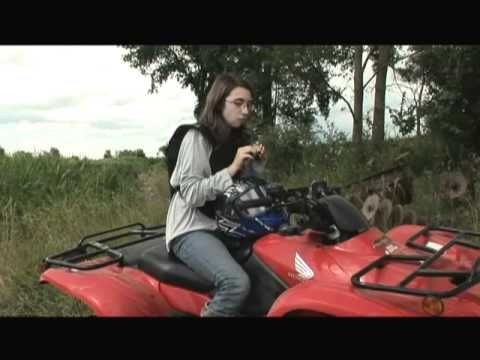
Preventing this from happening requires riding experience and being alert, paying attention to the terrain ahead.
Many ATVs have front and rear cargo racks to bring your cargo. But if you don’t distribute the weight correctly, the bike may become unstable and more likely to tip when cornering or going up and down hills.
A common error is placing all cargo at the rear racks with no weight at the front. This may cause the ATV to wheelie and tipping backward when going up hills or from hard acceleration.
How Not to Flip an ATV Due to Poor Cargo Weight Distribution or Overload:
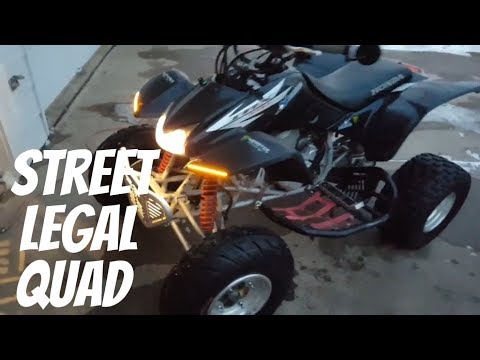 It is better to go two turns or bring a trailer.
It is better to go two turns or bring a trailer.Related: How Much Weight Can an ATV Carry? (Cargo and Rider)
Applying full throttle on a grippy surface such as asphalt or concrete may cause even medium-powered ATVs to wheelie and flip over backward.
This type of accident typically happens when inexperienced riders underestimate the power and acceleration of ATVs.
How Not to Flip an ATV From Uncontrolled Acceleration:
You’ve probably seen several videos online of failed attempts at loading an ATV onto a truck bed.
How Not to Flip an ATV When Loading It Onto a Truckbed:

Related: 10 Effective Tips to Prevent ATV Accidents
Most of Mississippi is a rural area, and many people here prefer to live an off road life. To many people having an all-terrain vehicle (ATV) is part of life. Hunters use ATVs in deer hunting a popular sport in Mississippi. Many of us also enjoy mud riding, because there’s nothing quite like being covered from head to toe in dirt on a four wheeler.
But as is often the case when you become too comfortable with something, it’s easy to get complacent. Complacency leads to carelessness, and carelessness leads to danger. Our love for the off road has made us too comfortable around ATVs which may be why we take ATV safety for granted. According to the Mississippi State Department of health, Mississippians are 3.5 times more likely to die from an ATV accident than the general public.
Complacency leads to carelessness, and carelessness leads to danger. Our love for the off road has made us too comfortable around ATVs which may be why we take ATV safety for granted. According to the Mississippi State Department of health, Mississippians are 3.5 times more likely to die from an ATV accident than the general public.
More than 200 Mississippians died from ATV injuries between 1998 and 2008, and injuries are rising fastest in children under 16. ATVs present unique dangers because they can reach high speeds off the road where unpredictable conditions can cause collisions and rollovers. Mississippi has no safety legislation for ATVs, and many riders are either too young for their vehicle or do not wear helmets.
As with any form of equipment it’s important to respect the machine you are using. ATVs can be a lot of fun to ride, but they can flip, topple over, and crash causing severe injuries and even death. ATV riders, especially younger ones, should take strong safety precautions.
Equipment: Head injuries are the deadliest consequence of ATV accidents. Helmets can reduce the severity of head injuries, and save a life. Arms, legs and eyes are also exposed to injury from rocks, trees and other debris. You can help protect them by wearing gloves, long shirts and pants, and over-the-ankle boots.
Size and weight: ATVs for adults and children are not the same. If you’re under 16, your chance of injury doubles if you are riding an ATV made for an adult. Follow manufacturer’s recommendations for weight and size of the rider, and don’t carry passengers unless your ATV is specifically designed to do so.
Roads: Paved roads may seem like a safer choice for ATV riding, particularly for new learners. But ATVs are not designed to make quick turns on pavement, and are likely to roll over. Keep off the road, and stay at a safe speed.
Instruction: Studies show that formal, hands-on ATV training lowers the risk of injury for adults and children. If you can find a formal ATV safety class it’s well worth the cost. But if cost is a problem, you can also find online ATV safety classes for free.
If you can find a formal ATV safety class it’s well worth the cost. But if cost is a problem, you can also find online ATV safety classes for free.
Remember if you or your child is involved in an ATV accident, you need immediate medical help. Don’t assume an injury isn’t serious. Just because someone gets up and walks away from an accident doesn’t mean they have avoided a life-threatening injury. Even if they are walking and talking, they could still have a closed-head injury with intracranial hemorrhage. If there is an accident, call 911 or go to the hospital immediately to be examined by a medical professional!
Information originally published here:
http://msdh.ms.gov/msdhsite/_static/43,0,98,486.html
http://msdh.ms.gov/msdhsite/_static/resources/3777.pdf
ATV riding techniques could be the subject of a full book. In the same article, we want to reveal to you the basics of safe riding. At first glance, there is nothing complicated in driving ATVs - you just need to steer and enjoy riding.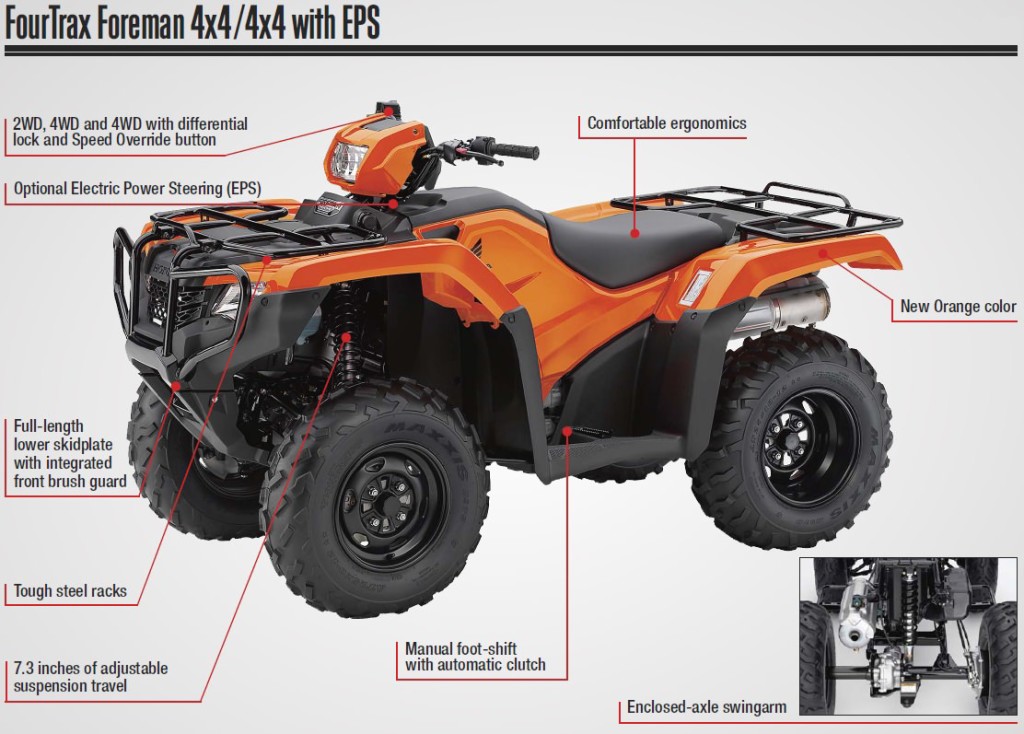
When driving over bumps, for example, those of the "wave" type, the driver must change his position all the time. So, when approaching an obstacle, you must shift your body back, otherwise you can hit the obstacle with your wheels. When driving over a bump, you need to move the body back forward, thus preventing excessive separation of the front wheels, i.e. rearing up the ATV. Then, when the rear wheels come off the ground, you need to move back again, otherwise you can fall out of the saddle, hitting your knees on the steering wheel. nine0003
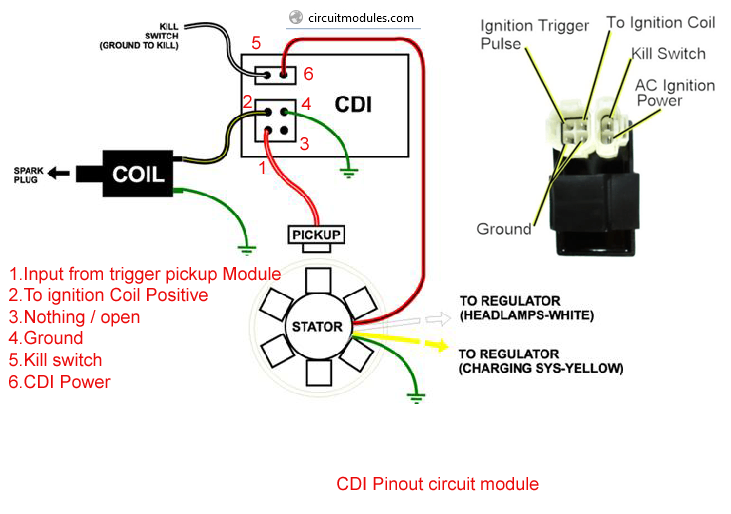
Moving in a straight line at low speeds (up to 40 km/h), you can afford to relax. But at higher speeds or when passing sharp turns and slopes, the driver must move very actively. Indeed, due to the high center of gravity, short wheelbase and small width, ATVs are very prone to rollovers. In addition, if the motorcycle flies separately from the motorcyclist during falls, then the ATV most often covers the driver. Therefore, in order for ATV riding not to end with serious injuries, it is necessary to study the driving rules and strictly follow them. nine0003
ATV rider's weight is an important factor that affects machine handling. By shifting their weight, the driver can unload or load the front or rear of the ATV, thus compensating for centrifugal forces.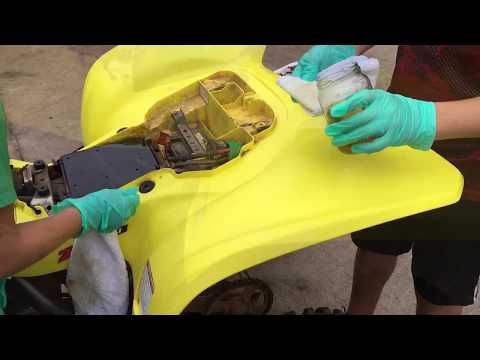
The first rule you need to learn is that when riding an ATV, you need to relax your arms. When driving, the driver can always let go of his hands, because his legs are holding him in the saddle. As the speed increases, the load on the legs also increases. nine0003
Conventionally, three racks are distinguished. The middle stance is used when driving in a straight line without turning. When opening the gas, the body must be moved forward to unload the hands. Thus, the front strut is obtained. When braking and closing the gas, the body, on the contrary, must be moved back, i.e. take a back seat. By the way, the word "stand" comes from the word "stand", and this name is not accidental. When actively riding an ATV, you do not have to sit. Standing on an ATV lowers your center of gravity. After all, there is a huge difference between the weight on a high saddle and the weight on the footrests. And the effect of moving the body in a standing position is much greater than from fidgeting back and forth on the saddle. nine0003
nine0003
When going through a turn on a motorcycle, it is tilted inward, thus struggling with centrifugal force. But you can't do that with a quad bike. Therefore, it is necessary to use the weight of the driver. The main rule here is to always transfer the weight inside the turn. Moreover, it is necessary not only to tilt your shoulders. It is necessary to hang the entire body, including the fifth point. Only the shin and knee hold on to the saddle. Of course, if you turn at minimum speed, then you can limit yourself to turning the steering wheel. nine0003
The correct stance is characterized by slightly bent knees, elbows set apart, and a slightly arched and relaxed back. Why not stand on straight legs or keep your back straight and tense? Because bent knees allow you to absorb shock coming from uneven terrain. By the way, the force of these blows is sometimes quite enough to knock the driver out of the saddle. A straight tense back under such conditions can lead to injury to the intervertebral discs and even a compression fracture of the spine.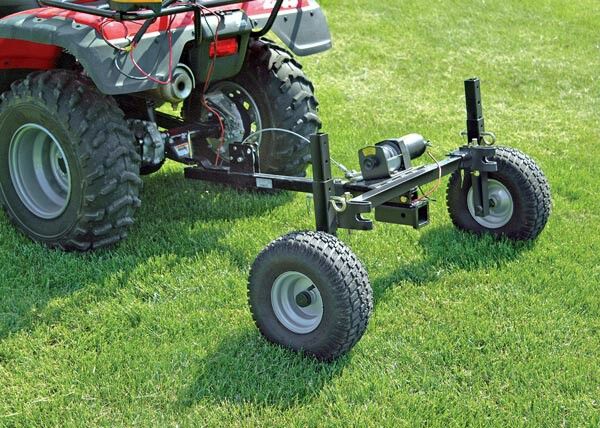 Yes, and the internal organs with the wrong fit will have a hard time. nine0003
Yes, and the internal organs with the wrong fit will have a hard time. nine0003
Active ATV riding requires good physical shape. So, in quad schools, the duration of the lesson does not exceed an hour, and at the end of the lesson, students can literally be squeezed out. And riding an ATV off-road is also an activity worthy of training in the gym.
When riding non-sport ATVs, it is best to avoid jumping. Firstly, this way you can break the ATV. Secondly, in order to safely perform such tricks, the ATV motor must have high-torque and fast response to the throttle. If, nevertheless, the jump could not be avoided, then it is necessary to land in the middle stance, but be ready to move to the back. When the wheels touch the ground, you need to slightly open the gas. It is better not to use four-wheel drive when jumping. nine0003
Every time you ride an ATV, you need to practice looking into the distance. This is necessary to develop the habit of evaluating the trajectory of movement in advance. Beginners often do not have time to track the road, and at some point they are not ready to perform adequate actions. And another, very predictable obstacle, can become a problem for them.
Beginners often do not have time to track the road, and at some point they are not ready to perform adequate actions. And another, very predictable obstacle, can become a problem for them.
| When moving along a slope, it is necessary to move the body in the direction opposite to the slope. On the steepest sections, full overhang should be used, such as when cornering at speed. nine0003
|
Before you start climbing, you need to pick up speed. Then the resulting inertia will allow you to smoothly drive into the steepness. If you suddenly open the gas directly on the rise, the ATV may tip over. Climbing should be in the most forward stance and on medium gas. If the incline is too steep, the ATV may roll backward when the throttle is released. In this case, you should not brake with the front axle, not the rear. If the ATV starts to roll over, you can try to jump to the side, but this acrobatic stunt is unlikely to be successful. nine0003
If you suddenly open the gas directly on the rise, the ATV may tip over. Climbing should be in the most forward stance and on medium gas. If the incline is too steep, the ATV may roll backward when the throttle is released. In this case, you should not brake with the front axle, not the rear. If the ATV starts to roll over, you can try to jump to the side, but this acrobatic stunt is unlikely to be successful. nine0003
If the driver moves his torso out of the turn, then his centrifugal forces will pull him to the outer radius, and in order to stay in the saddle, he will need to firmly grip the steering wheel. At the same time, the ATV will definitely try to roll over. To avoid such an unpleasant situation, it is always necessary to remember a simple rule - to shift the body only in the direction of rotation. Those. if we turn to the left, then we shift the body to the left side, and vice versa. nine0003
Descents must be made in the C-pillar.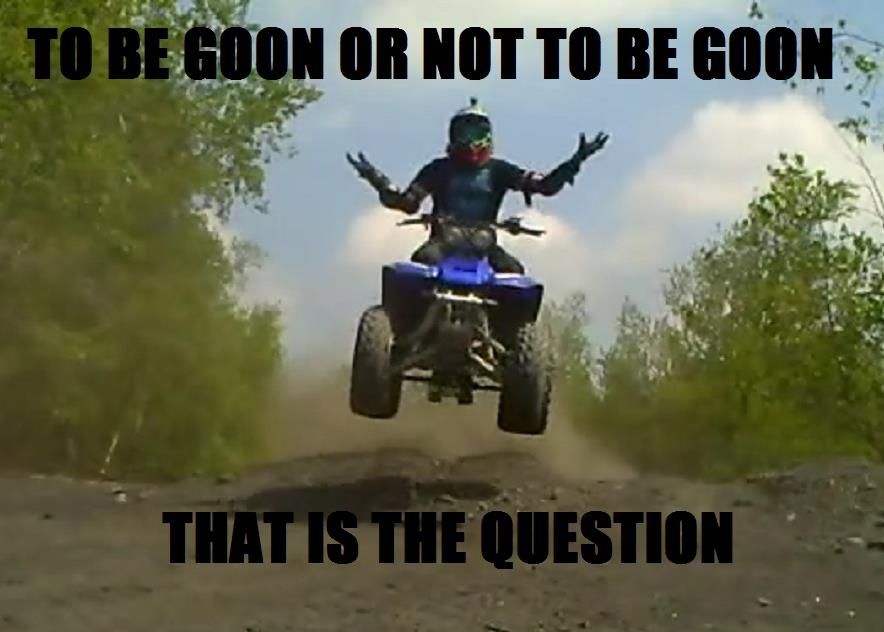 In this case, the arms must be extended and slightly bent at the elbows. There is no emphasis on the hands, you can even let them go, holding on with your feet. The steeper the descent, the more the driver must move the body back. The lower photos show the consequences of a descent in an incorrect landing. The main mistakes - the driver shifted the weight forward and pressed his hands to the body.
In this case, the arms must be extended and slightly bent at the elbows. There is no emphasis on the hands, you can even let them go, holding on with your feet. The steeper the descent, the more the driver must move the body back. The lower photos show the consequences of a descent in an incorrect landing. The main mistakes - the driver shifted the weight forward and pressed his hands to the body.
From time to time, the quad is acting up and not behaving as you would like. Nothing beautiful lasts forever, right?
One of the most common faults you may encounter is the ATV suddenly pulling to the left or right.
If you're lucky, your problem may have a simple solution)
Let's take a look at some of the most common causes of ATV pulling to the side, and of course, here's how to get rid of these problems. nine0003
nine0003
The most common problem that causes the ATV to pull to one side is the difference in rolling resistance due to different tire pressures. Also, the problem may be associated with natural wear or damage to various components of the chassis of the ATV and, as a result, a violation of the angle of the wheels.
So how do you determine what is causing problems when riding an ATV?
As you probably already understood, there can be several reasons. nine0003
To understand why an ATV wants to pull off the road and dive into a ditch when you really don't want to, you need to do a number of checks.
Although I don't have exact statistics to tell you which malfunction occurs most often, I still recommend that you start with what is easiest to check and fix before spending time and money on more non-standard and potentially more complex searches.
In my experience, the most common cause, and by far the easiest problem to check and fix, is uneven ATV tire pressures.
Let's look at what happens when ATV tires have different pressures.
A flat tire has a larger area of contact with the road surface than a normally inflated wheel, as a result of which the friction force, and hence the rolling resistance force, applied to such a wheel will be higher. The wheel will roll more slowly. The opposite wheel will run ahead and try to turn the ATV around the slow wheel. That is, if the ATV pulls, for example, to the left side, most likely, the fact is that the left wheel is lowered. nine0003
To solve this problem, you need to equalize the air pressure in the ATV tires. It is best to refer to the operating instructions, which must indicate the required air pressure in the wheels recommended by the manufacturer. The pressure in the wheels installed on the same axle of the ATV must be the same.
At the same time, you should be aware that due to the design features and weight distribution of the ATV, the tire pressure on the front and rear axles may differ.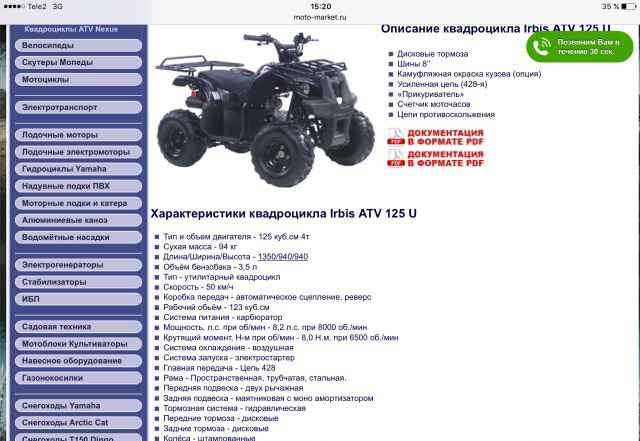 nine0003
nine0003
Check with a good tire pressure sensor.
Most manufacturers are equipped with ATVs with a set of tools and a sensor for checking air pressure in wheels, such as ATVs Yacota SELA 200 , Yacota SELA 150 , Yacota Cabo 200066, Yacota Cabo 20065 MOTAX 200 , MOTAX GRIZLIK and MOTAX RAPTOR .
ATVs MOTAX and YACOTA have these sensors in the standard tool kit. If there is no such device in your kit, I recommend that you definitely purchase it. A very slight difference in air pressure in the tires may well be the reason that the ATV pulls to the side when driving in a straight line.
The air pressure should be checked in both the front and rear tires. True, uneven pressure in the rear tires, most likely, will not be the reason for the withdrawal of the ATV from a straight path. Different pressure in the rear tires can provoke another malfunction - premature wear of the rear differential, due to the increased load on it. But this is a story for a separate review. nine0003
Different pressure in the rear tires can provoke another malfunction - premature wear of the rear differential, due to the increased load on it. But this is a story for a separate review. nine0003
I always keep this inexpensive instrument in my tool kit, its accuracy is good enough to use.
Also make sure that the maximum tire pressure is not exceeded.
Over time, ATV wheels can wear at different rates, resulting in the diameter of one wheel being different from the diameter of another wheel. This can also cause the ATV to pull to the side.
To check if the front wheel diameters are the same, you can do a simple check: place the ATV on a level surface and use chalk to make a mark on the sidewall of each front tire at the lowest point. nine0003
Wheels must be pointing straight ahead, gear lever in neutral position. Roll the ATV forward until one of the wheels has made two or three revolutions and the mark you just made is back to the very bottom, to its original position. Look at the mark on the opposite tire. Ideally, it should also be at the very bottom. If this is not the case, the wheel circumferences do not match.
Look at the mark on the opposite tire. Ideally, it should also be at the very bottom. If this is not the case, the wheel circumferences do not match.
If the reason for the ATV pulling to the side lies in the difference in wheel circumference, then when driving to the right, the right tire should have a smaller circumference, and when driving to the left, the left one. nine0003
The circumference of the wheels can differ not only due to uneven wear, but also due to the difference in air pressure in the tires.
The wheel is like a balloon, the higher the pressure, the larger its diameter and vice versa.
For this operation, you need to lift the ATV, put it steadily on the supports so that all the wheels are in a suspended state.
It is very convenient to use a motorcycle stand to lift the ATV. If you do not have them yet, and you plan to service the ATV yourself, I recommend purchasing them. They are relatively inexpensive. Tackles will greatly simplify the ATV maintenance process. nine0003
They are relatively inexpensive. Tackles will greatly simplify the ATV maintenance process. nine0003
Check that there is no excessive play in the ATV suspension and steering joints. Start with the tie rods and steering rack. This operation is more convenient to carry out with an assistant. Have an assistant move the ATV handlebars to the right and left, often and with a small range of motion. And you, in turn, keep your hand on the swivel, which are subject to verification. Check the steering tips and tie rods one by one. You will feel the excess play in the hinge with your hand. If the ATV steering wheel has excessive play, but the tie rod and steering tip are in order, then the steering rack itself or the steering shaft bushing may have play, which can also be checked by hand. The steering column bushing usually wears out over time. The same goes for the ball joints on the tie rods. nine0003
Tighten any loose bolts and replace worn parts. Worn parts can break soon, so replacing them won't be a waste of money, even if their wear isn't the reason your ATV pulls to the side.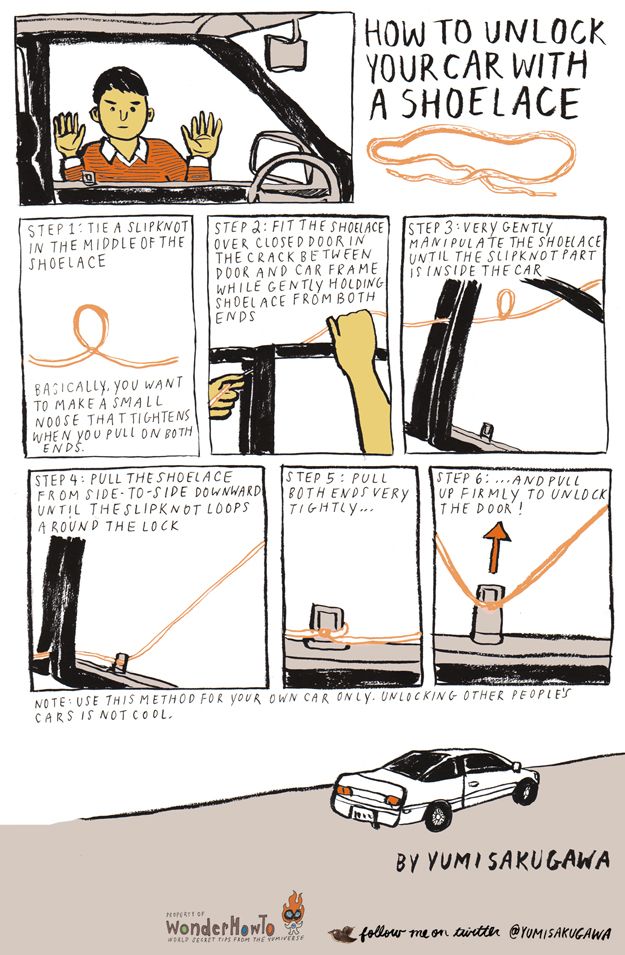
In addition, the wheel bearings must be checked for excessive play.
To do this, have a helper grab the top and bottom of the wheel and shake it while you check for play in the ball joints and wheel bearings. nine0003
Check how easy the wheels turn. The wheels should rotate freely, without noise and crackling. The presence of noise indicates wear on the hub bearing. And the tight running of the wheel is about bearing wear or souring of the brake pads. As we said, if one of the ATV's wheels is spinning at a slower speed than the other wheel, the ATV will pull towards the slow wheel.
If necessary, replace the bearings and service the front brake calipers. Sometimes the caliper is easy enough to clean, and sometimes you can’t do without replacing the brake cylinders or the caliper bracket itself. nine0104 Complete the work with suspension lubrication. The chassis of ATVs of the brands YACOTA , MOTAX , AVANTIS is equipped with special grease fittings through which you can easily lubricate the desired suspension unit. We have already told, in one of the reviews, using the example of a gasoline 125 cc ATV MOTAX T-REX , about the features of maintenance of the ATV suspension. Regular maintenance of your ATV will definitely prolong its life. nine0003
We have already told, in one of the reviews, using the example of a gasoline 125 cc ATV MOTAX T-REX , about the features of maintenance of the ATV suspension. Regular maintenance of your ATV will definitely prolong its life. nine0003
Control check three: checking the running gear for geometry violations.
If you use the ATV for active riding or sports, then it is possible that you have bent some part of the suspension on the next jump. ATV front suspension A-arms are especially prone to damage if you hit a stump or rock while riding. "Fast-growing" trees suddenly appearing in front of the ATV as you drive, a common story!)
A-arms are designed to absorb heavy suspension shocks and, through their integrity, retain more expensive and hard-to-find ATV parts that are more difficult, more expensive or even impossible to repair, for example, an ATV frame. It is not always easy to see if the suspension arm is bent or not. It happens that the levers do not have a symmetrical shape, because the ATV suspension was originally designed this way by the manufacturer.